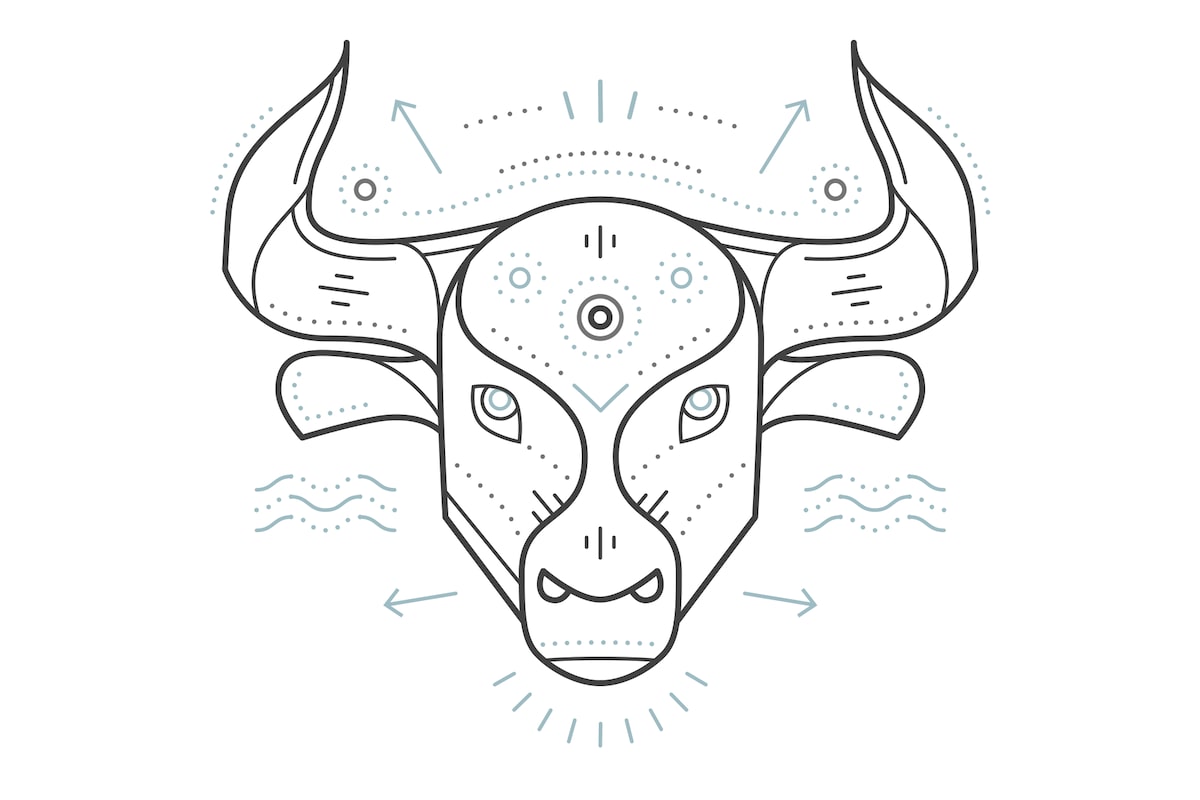The Hurricane season will soon be about us, and the World Meteorological Organization (WMO) already has a list of potential names of hurricanes this year.
There are 21 names that have been preselected, one for almost all the letters of the alphabet (the WMO jumps the names Q, U, X, Y and Z, because there are not at least six appropriate names starting with these letters). The list of cycles every six years, which means that the last time some of these names were seen in 2019.
If there are more than 21 storms guaranteeing a name this year, there is a list of additional names, which is a relatively recent change. Before 2021, if the list of names was exhausted, the storms will then be named after the Greek alphabet.
The list of names in the Atlantic storm 2025:
- Andrea
- Barry
- Chantal
- Dexter
- Erin
- Fernand
- Gabrielle
- Humberto
- IMelda
- Jerry
- Karen
- Lorenzo
- Lemon balm
- Nestlery
- Olga
- Pablo
- Rebekah
- Sébastien
- Tanya
- Van
- Wendy
The only change compared to 2019 is that Dorian was withdrawn after Hurricane Dorian decimated the Bahamas in September.
An aerial vision of devastation after Hurricane Dorian struck the Abaco Islands in Bahamas on September 3, 2019. Terran Knowles / Our New Bahamas via Reuters
This caused more than $ 5 billion in damage across the Bahamas, Puerto Rico, Florida, Georgia and Carolines, and at least 77 deaths.
How do storms get their names?
The denomination system as we know it today began in 1953, when the National Hurricane Center created a list of all traditionally female names, which explains why some of the names seem old -fashioned. Atlas obscura reported that this practice was rooted in sexism and the unpredictability perceived of hurricanes and women.
It took 26 years for male names to be added to the list. Now storms alternate between traditionally male and female names.
According to WMO, there are four main characteristics that a name must be added to the potential list. They should be “easy to pronounce” and “of short character length to facilitate use in communication”, and should also be unique to the Western hemisphere and have “an appropriate meaning in different languages”.
In other words, a name cannot mean something offensive in a language other than English.
When is a hurricane name withdrawn?
The name of Katrina was removed in 2005 after the storm devastated New Orleans. David J. Phillip / AP
It takes a long time for a name to be removed. A hurricane must have a “major impact”, according to the National Oceanic and Atmospheric Administration (NOAA). Then any country that the affected storm may request that the name be removed, or that the WMO can decide itself.
In some cases, a storm does not even need to be a hurricane to be withdrawn – the name “Allison” was removed in 2002 after the tropical storm Allison caused billions of dollars of damage to Texas.
In the 2020s, nine storm names were removed: Laura, ETA, Iota, Ida, Fiona, Ian, Beryl, Helene and Milton.
There are even more names for the Pacific storms
The above is only a list of potential Hurricane of the Atlantic and tropical storms. There are even more names for storms from top to bottom of the Pacific, which are called cyclones or typhoons depending on their location.
However, as hurricas affect the United States more significantly than these storms, we focused on the names of hurricanes here.
A victim of the floods left his house destroyed one day after the tropical depression Winnie struck the Philippin village of San Jose in 2004. Reuters
This year’s hurricanes season begins on June 1
The Atlantic Hurricane season begins on June 1 of this year and ends on November 30.
Hurglanes become more powerful as the climate crisis continues. Accuweather predicted that “volatile” hurricanes arrive this year and have planned that “near the historic average of storms named” will reach the United States.
As such, it is time to prepare for the hurricane season if you live in a high risk area: know your evacuation routes, prepare emergency kits and find out where your designated local shelter is.
businessinsider



